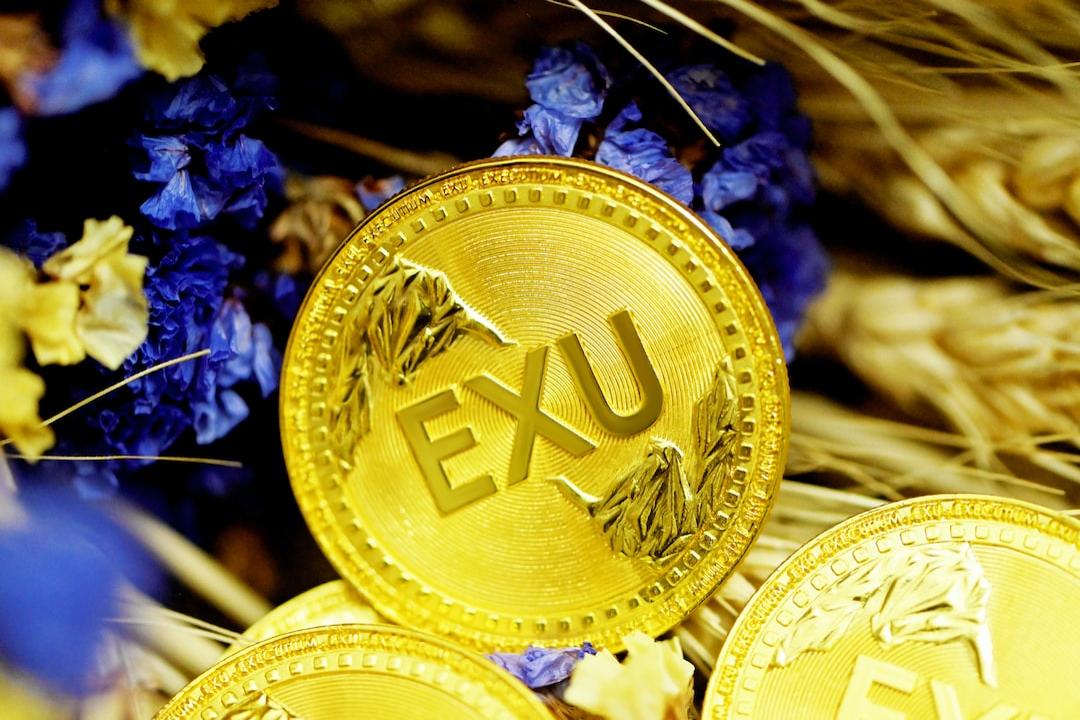As a professional translator, I will provide a descriptive translation of the news article into English, ensuring accuracy and fluency while retaining proper nouns and all images. The translation will maintain the same meaning without any language errors, and will not include a period at the end. Here is the translation:
“Bitcoin has twice fallen below $60,000 since last night, according to Coin World’s report. Charles Edwards, founder of Capriole Fund, speculates that the decline may be due to the commencement of repayments by the exchange Mt. Gox…
The market had anticipated a Bitcoin rebound in July, but yesterday’s optimism was doused with cold water. BTC plunged to $59,570 around 18:00 yesterday evening, and although it briefly returned above $60,000, it further dropped to a low of $59,375 in the early hours of today (4th). At the time of writing, Bitcoin has recovered to $60,327, marking a 3.12% decrease in the last 24 hours and reaching a near two-month low of $57,800.
In the past 24 hours, the entire network has liquidated $220 million
Under Bitcoin’s repeated market washouts, Coinglass data shows that in the past 24 hours, the total amount of cryptocurrency liquidations across the network has exceeded $220 million (with long positions accounting for $200 million), affecting nearly 90,000 people.
What caused the market crash?
Regarding yesterday evening’s plunge below the $60,000 mark, Charles Edwards, founder of Capriole Fund, posted on platform X in the evening, citing Bitcoin’s on-chain movements to conjecture that the main reason for the drop could be the commencement of Bitcoin repayments to creditors by Mt. Gox, leading to market selling pressure:
This chart will shock you and hit you hard.
The chart shows a massive transfer of Bitcoin on the blockchain, ten times higher than the previous peak, amounting to $9 billion. But who is transferring it?
Mt. Gox. It seems they have started the repayment process.
Mt. Gox is expected to start repayments in July
Progress and Market Impact of Mt. Gox Compensation
Mt. Gox, once the world’s largest Bitcoin exchange, suffered a hacker attack in 2014, losing 850,000 Bitcoins. After 10 years of bankruptcy litigation and numerous delays, compensation is finally underway. It is expected that by October this year, Mt. Gox will pay 142,000 BTC and 143,000 BCH to creditors.
Analyst’s view: Selling pressure is controllable
Alex Thorn, Research Director at Galaxy, posted on platform X at the end of June, believing that the Bitcoin selling pressure triggered by Mt. Gox will be less than expected. He explained that about 75% of the creditors chose early payment (accepting a 10% discount), so currently, only about 95,000 Bitcoins will be used for early payment compensation (the remaining BTC will take longer to pay):
Approximately 20,000 tokens belong to the claim fund
10,000 tokens belong to Bitcoinica BK
The remaining approximately 65,000 are owed to individual creditors
He predicts that individual creditors will hold onto Bitcoin more firmly than the market expects:
Creditors are mainly long-term Bitcoin holders, who are technically savvy early adopters.
Individual creditors have refused attractive offers from the claim fund over the years, indicating their preference for Bitcoin rather than dollar-denominated compensation.
The impact of capital gains tax from sales is significant. As prices rise, even if only 15% of the physical claims are recovered, the claim holders have seen a 140-fold increase in value (in dollars) on the recovered Bitcoin since the bankruptcy.
Summary and Current Situation
In conclusion, Thorn believes that the selling pressure on Bitcoin will not be as great as investors imagine. However, due to the smaller liquidity of BCH, it may face a more severe downturn.
According to the on-chain data monitoring platform Arkham, the Bitcoins in the Mt. Gox wallet have not yet moved. Therefore, whether Mt. Gox has started repayments as Thorn suggests remains to be observed (and the possibility that the on-chain data has not yet been updated cannot be ruled out).”

